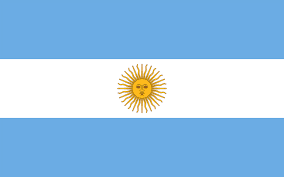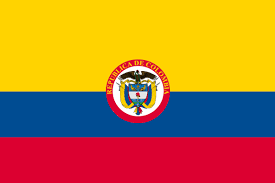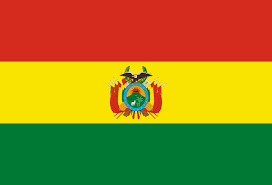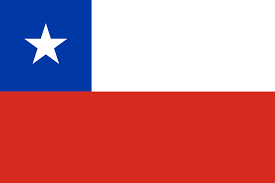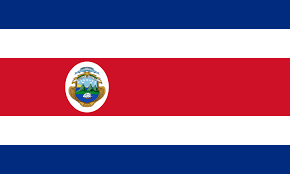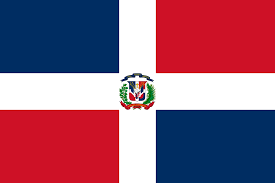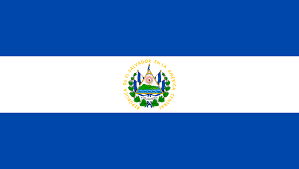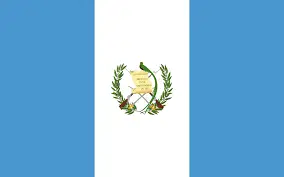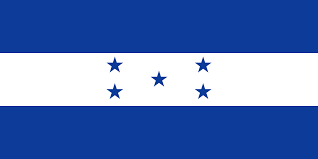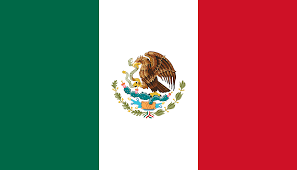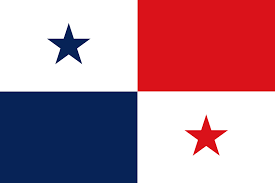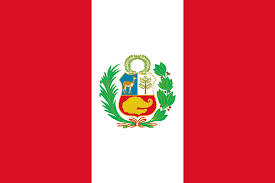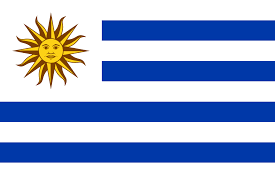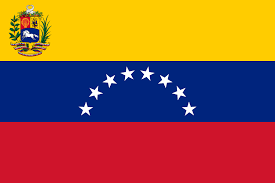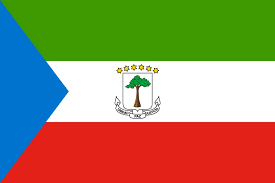Spanish Speaking Countries Flags and their Historical Essence
Do you wish to dig out the history of Spanish speaking countries? Well, it sure sounds interesting to know that each flag has a valuable history behind its design. With lots of vibrant colors, these countries’ flags have a beautiful design with a lot of history.
21 Spanish Speaking Countries Flags
Be it a dominant language or a binary one, Spanish is the mother tongue of 21 different countries. Each is having a separate flag with fantastic historical value.
Here you will learn about the collection of 21 amazing flags and their secrets.
SPAIN: The red and yellow flag stripes, often referred to in Spanish as the rojigualda, was initially designed after the flag of the Spanish merchant and war marines during the reign of Charles III (1785)
ARGENTINA: It is a triband of blue and white horizontal stripes that were initially designed by
Manuel Belgrano during the war of Independence. And was finally designated as
the national flag by the Congress of Tucuman.
COLOMBIA: A horizontal stripes tricolor of yellow, blue and red, this flag signified the
Independence of Colombia from Spain. Miranda designed it as per his
conversation with Goethe in 1785.
CUBA: It comprises of five alternating stripes of blue and white with a red triangle and
white start at its center. It was designed by Miguel Teurbe Tolon and Narciso
Lopez in 1849 while fighting with rebel armies of Venezuela.
BOLIVIA: It consists of horizontal stripes of red, yellow, and green with Bolivian coat of
arms in the center. The red stands for Bolivia’s brave soldiers, while the green symbolizes fertility and yellow the nation’s mineral deposits.
CHILE: It shows a red, white, and blue banner with a start in the center. Blue represents the sky;
start shows the power of government, white shows the snow-covered mountain and
red represents the blood spilled in freedom war.
COSTA RICA: It is similar to French with blue, white and red stripes with the coat of arms of
Costa Rica in the center. Where red shows, martyrs blood, and white speaks peace.
Pacifica Fernandez designed it in 1906.
DOMINICAN REPUBLIC: It shows blue and red box separated by a cross white stripes with the coat of
arms and national anthem symbol at center. Juan Pablo Duarte designed it in
1863.
ECUADOR: The flag shows horizontal stripes of yellow, blue and red with the coat of arms placed
at the center. This came into existent in 1900, where blues shows Independence from Spain, red shows courage and yellow symbolize federation of greater Colombia.
EL SALVADOR: With two blue stripes at the end and a white in the center with a coat of arms, the
flag symbolizes ocean and peace. It was first adopted in 1908.
GUATEMALA: Vertical sky blue stripes on both sides represent that the state is surrounded
by the ocean and the white line in the middle is the significance of peace and
purity with the coat of arms symbol at center.
HONDURAS: Two horizontal cerulean blue stripes represent ocean, sky, and brotherhood with a
central white line of peace and prosperity. It has a primary coat of arms with five stars above it.
MEXICO: The flag shows vertical green, white and red stripes showing independence movement, peace, and blood of heroes, respectively. The emblem shield in the center with eagle shows Aztec heritage.
NICARAGUA: With stripes of blue and white, this flag is inspired by the flag of Argentina and the Federal Republic of Central America. It was adopted in 1908 but came into use in 1971.
PANAMA: The flag is decided into four square, one each for blue and red and remaining for white. A blue and a red star are present in squares which together represent the new republic.
PARAGUAY: Three horizontal stripes of blue, red, and white with the coat of arms symbol in center represents the richness of flag. The flag came into existent in 1812.
PERU: The flag was officially adopted in 1824, with three vertical red and white alternating
stripes representing blood and peace, respectively. It is known as Pabellón Nacional.
PUERTO RICO: It’s flag shows alternating red and white stripes with triangle and a white start showing the island of Puerto Rico. The red color indicates the blood of martyrs; the white shows peace and blue for the sky and waters.
URUGUAY: It is one of the oldest flags adopted in 1830 white blue and white alternating stripes and sun at the top left corner. The Sun of May is a symbol of freedom and Independence.
VENEZUELA: The flag covers the triband of yellow, blue, and red with starts in the center, forming a half sun shape. It is designed by Francisco de Miranda and was found in 1930.
EQUATORIAL GUINEA: It represents a horizontal tricolor of green, white, and red with a blue triangle on the side. It was adopted in 1979.


